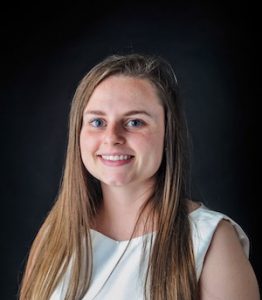
When I first qualified as a physician associate (PA), I had no intention to work in general practice, at least until later in my career. I was unsure of the impact a PA could have in a GP setting prior to the much anticipated statutory regulation and associated prescribing rights. As a student, I was fortunate enough to undertake primary care placements where I met many GPs who were enthusiastic about the role of PAs. I took up a fixed-term 6 month post with one of these GPs upon qualifying and, over one year on, I have no intention of going elsewhere!
My typical day consists of on-the-day appointments, telephone consultations, routine appointments and clinical admin, including audit work and actioning blood results and hospital letters. On Wednesday afternoons, I run the baby clinic where I carry out six week medical checks and I have also completed extra training in coil fitting.
Prescribing
I had anticipated that the lack of prescribing rights for PAs while awaiting statutory regulation would be the biggest issue faced in primary care. After several months of building a trusting relationship with my GP supervisor, who is aware of my competencies and the areas in which I may need advice, prescribing issues rarely arise. My appointment slots are 15 minutes long, which allows for a standard consultation plus extra time to get a prescription signed and discuss the case if needed. My supervising GP will often be doing admin or telephone triage nearby, so patients are rarely kept waiting.
Patient views
Patients generally like the accessibility of my appointments, which are largely available on the day.
Patients generally like the accessibility of my appointments, which are largely available on the day, and recognise that my current non-prescribing status does not mean that they will leave without the appropriate treatment. My patients trust my clinical judgment and are always happy for me to consult with a GP if I need to.
Views of the team
Understandably, as with any new role, some colleagues have had reservations about working alongside a physician associate. One year in, I have been accepted by my team and my scope of practice is very well understood by the clinical and admin staff. As somebody who takes an active role in quality improvement and service redesign, my colleagues often come to me with questions about new protocols or guidelines. We have a flat team approach to working and recognise that our range of backgrounds and training is our strongest strength. Similarly, my colleagues are always more than happy to help me with areas that I am less confident with.
Impact on practice
Having a physician associate within the practice has meant greater accessibility to appointments, less pressure on the on-call doctor, improved prescribing rates in certain areas, a permanent member of staff who can act as a point of contact for locum GPs and teaching and shadowing opportunities for nurses and pharmacists undertaking advanced practice studies. With statutory regulation in the pipeline, the future is looking bright for PAs in primary care!









This is horrifying. Train to be a doctor or a gp or a nurse. This is a role primarily carved out to make private companies money… by reducing the funding available to trained GPs and doctors. I actively ask not to see a PA! This is NHS privatisation by the back door!